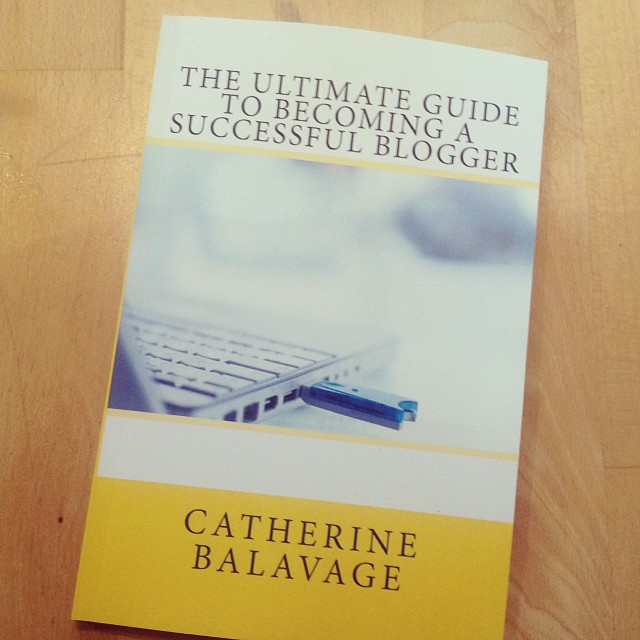 Do you take images from Google without checking the copyright and hope for the best? Then stop. Pictures from Google and other search engines are protected by copyright law. It is rare to be sued over an image, or even to get a cease and desist letter, but it only takes one mistake to lose vast amounts of money. If you want proof then here is one example,
Do you take images from Google without checking the copyright and hope for the best? Then stop. Pictures from Google and other search engines are protected by copyright law. It is rare to be sued over an image, or even to get a cease and desist letter, but it only takes one mistake to lose vast amounts of money. If you want proof then here is one example,
Chrystie from Living for Nap Time blogged about green pepper coupons in 2014, she needed an image so did a Google image search for a photo of green peppers, found one she wanted and then uploaded it, months later she received an email from a lawyer stating that the image cost $750. Chrystie pointed out that it was a picture of a green pepper that you can get a lot cheaper, the lawyer responded that the law was on their side and that their client wanted $7,500 in damages.
Chrystie researched the person in question and found out that they owned lots of domains and seemed to be planting clearly-tagged pictures to boost the SEO of the pictures. Chrystie thinks they did this to optimise the pictures so bloggers like her would use the image and would then sue the blogger in question. Chrystie had to hire her own lawyer. Her lawyer advised her to settle the case even though the chances of it going to court were small because if it did go to court she would be liable for the claim and all of the court costs, which could cost $100,000 or more.
The truth is, if you copy a picture from the internet and it is copyrighted it is protected by law and you are liable for the cost of the image or even damages even if you link back to the original source. So don’t do it, it’s not worth it! This case is American and people in the UK may be less likely to sue but it is not worth the risk.
If you need free images you can search Google for copyright-free images by clicking on the options icon in the top right hand corner then going to advanced search. If you then scroll to the bottom you will get to ‘usage’ and can click on ‘free to use or share – even commercially’. There are a few options, including an option to modify images. It helps to take a screenshot of the copyright-free image to further protect yourself. Don’t get caught out. You can also take your own pictures which is the best option as you can then tag them and get hits via Google Image Search. I will do another post on where you can get free images for your blog soon. In the meantime, stay safe.
For more blogging tips like this check out my book The Ultimate Guide To Becoming a Successful Blogger. It tells you everything you will ever need to know about blogging.


